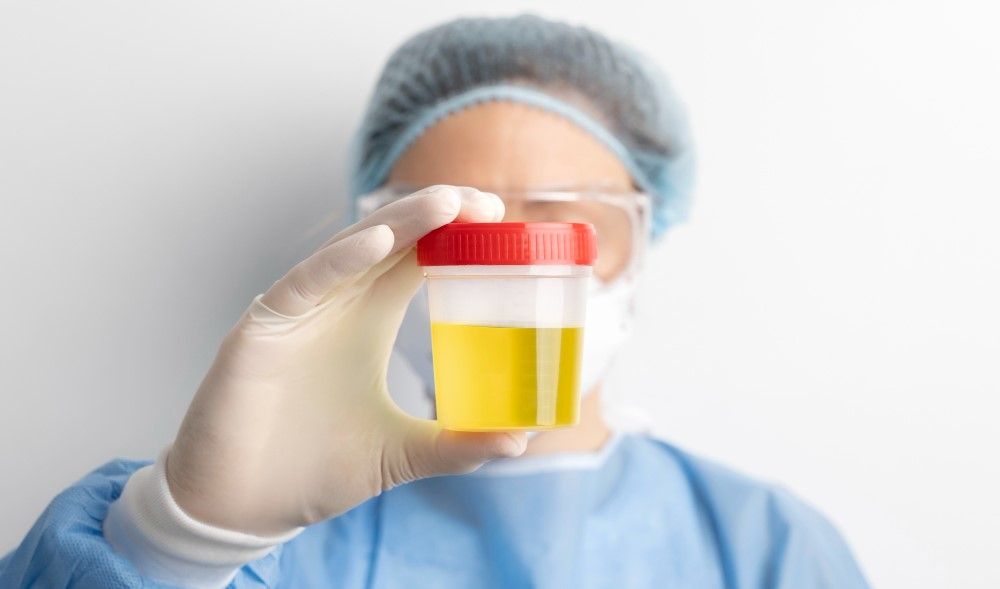Scientists have unlocked a ground-breaking solution for sustainable agriculture—turning human or animal urine into an eco-friendly fertilizer feedstock.
It is a discovery which could revolutionize how we recycle nutrients, reducing reliance on synthetic fertilizers while addressing waste management challenges. By converting liquid urea into a retrievable solid peroxide derivative, this innovative process promises greener, circular farming practices. Moreover, such is the purity of the chemicals produced, they could even be used as raw materials for the manufacture of disinfectants or batteries.
While the concept of using urine as a fertilizer feedstock is not new, the industrial process to convert it into a valuable raw material involves many steps and is expensive due to the large amounts of energy needed. Even then, conventional production of urea is more common as using urine fails to produce a high-purity chemical product due to limitations in separation selectivity.

The breakthrough in fertilizer feedstock technology was made by Prof. Xinjian Shi at Henan University, China, and his colleagues from Stanford University, and is described by the journal Chemistry World as, “an efficient electrocatalytic technique that can turn waste urine into a valuable supply of urea without complex extraction or purification steps.” Noting that, “The team were able to harness a specific characteristic of urea, namely its ability to combine with hydrogen and oxygen to form percarbamide, a peroxide.”
Carbon-based materials have long been employed as catalysts in redox reactions, and because they are abundant and inexpensive, Shi and his team investigated graphite carbon catalysts to power the electrochemical process. These catalysts allow the addition of oxygen and hydrogen to urea by reducing oxygen, making them perfect for converting urea into percarbamide.
“Percarbamide is more easily precipitated from liquid than urea, enabling in situ solid–liquid separation and extraction,” explains Shi. The study also notes that urea is the only component of urine that can undergo this procedure. “This unique property naturally ensures the purity of the obtained product. At the same time, the electrochemical method requires very mild conditions, with lower energy consumption and costs.”

Laboratory testing demonstrated that there were two probable electrochemical routes for turning urea into percarbamide. The first used the standard oxygen reduction mechanism, with oxygen undergoing a two-electron reduction and hydrogenation to form hydrogen peroxide. This hydrogen peroxide subsequently produced strong hydrogen bonds with urea, producing percarbamide crystals.
The second process involved oxygen undergoing a one-electron reduction and hydrogenation to form hydroperoxide, which reacted with urea to make an intermediate that could then be reduced and hydrogenated to produce percarbamide crystals.
The study has now been published in the journal Nature, where the efficiency of the process is noted. “The optimized process achieves near 100% purity in percarbamide precipitation from both human and mammalian urine,” it states. Adding that, “The collected percarbamide demonstrates remarkable potential for applications in various domains. This approach establishes a closed-loop system for production, utilization and recovery, offering a scalable solution for large-scale urine treatment with important economic and environmental value.”
Significantly, such is the efficiency of the process, that, “The team calculated that daily production of 1 tonne of percarbamide would require only 100m2 of land and the urine from about 6400 houses or a farm of 3800 cows.”

The downside is in how to collect urine on an industrial scale such that it could be used for the wholesale production of fertilizer.
“One option,” according to Shi, “is to develop small-scale devices for use within households.” Although it is unclear if the economic rewards for producing percarbamide domestically would be sufficient motivation for homeowners to install the necessary equipment.
A further possibility would be to establish dedicated urine collection facilities in communities or farms.
“In this case, urine and faeces would be separated at the user level and then transported through specialised pipelines to centralised treatment and stabilisation pools,” notes Shi.
Related articles: Fertilizer Feedstock Can Be Cheaper & Greener If Made Underground or Czech Researchers Find Use for Chicken Feathers as Fertiliser Feedstock
As both approaches to collecting urine are expensive and/or require mass participation from livestock farmers or the general public, it seems unlikely that urine will quickly be adopted as a fertilizer feedstock any time soon.
However, the environmental advantages of transforming urine into an industrial feedstock should not be ignored. Turning human waste into a valuable resource that feeds our crops, which in turn feed us is an incredible closed-loop process. An innovation which not only reduces environmental impact but also promotes a sustainable future where waste is minimized, resources are reused, and the basic cycle of nature is restored.
Photo credit: drobotdean, jcomp, Freepik, & Flickr